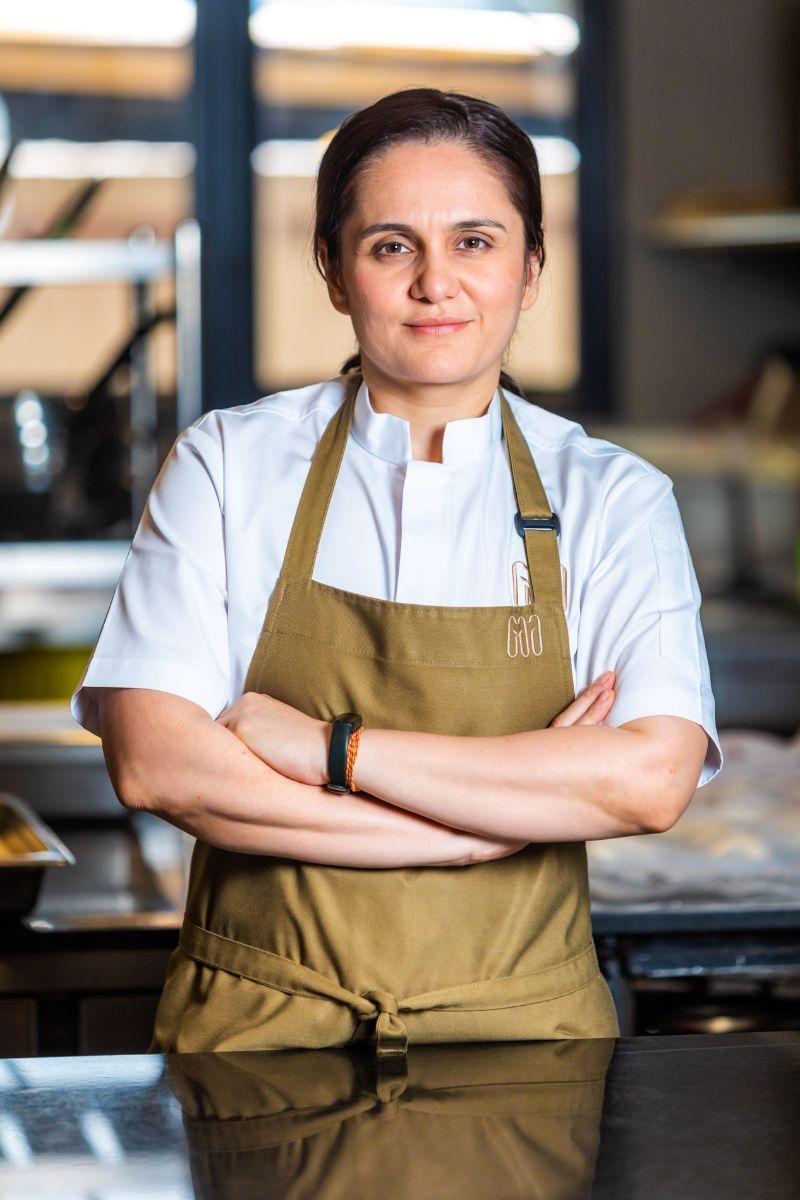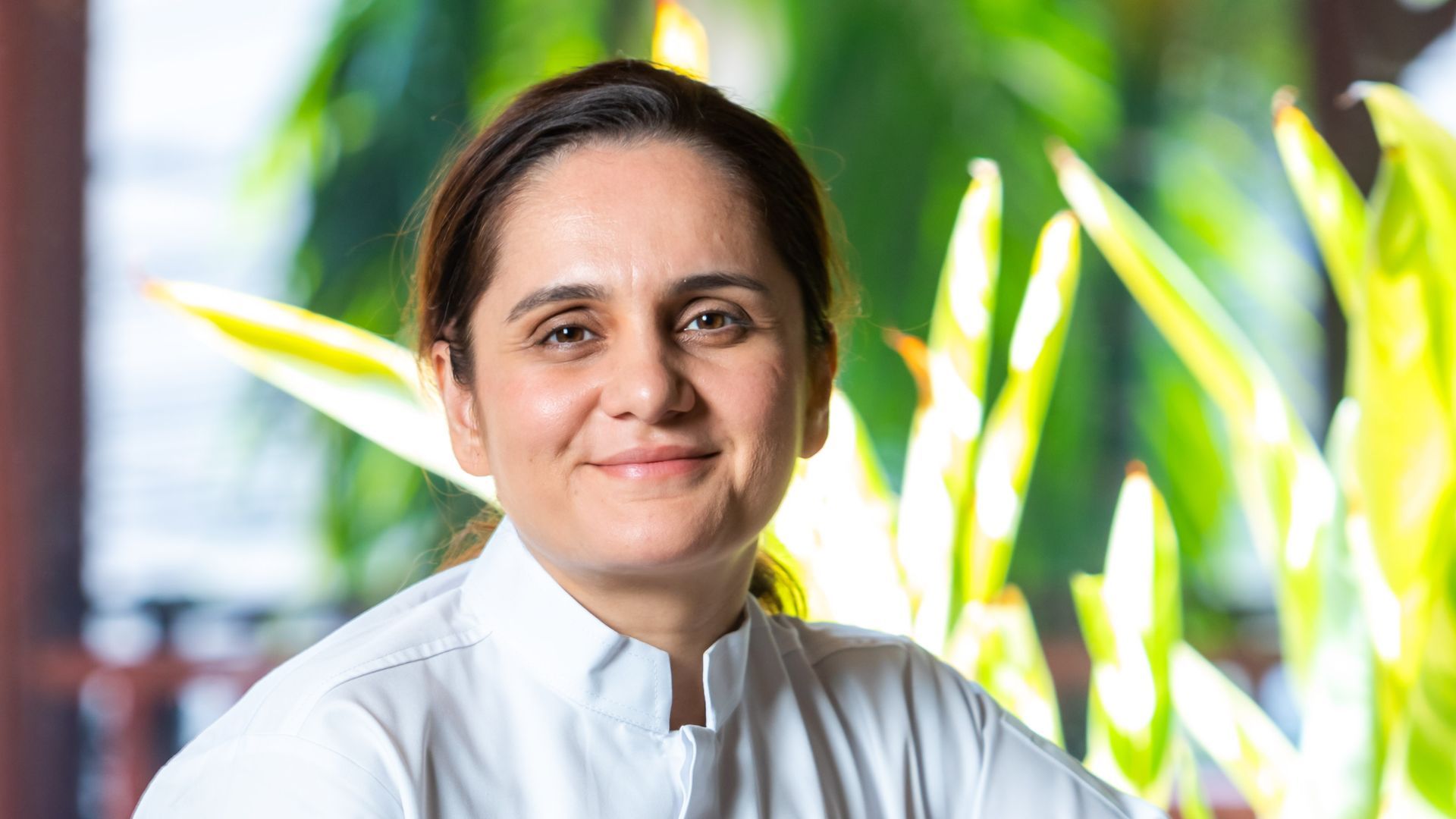After winning the world, our homegirl is finally back in Mumbai. Chef Garima Arora, who at 32 had become the first Indian female chef to earn a Michelin star for Gaa, her modern Indian fine dining restaurant in Bangkok, is all set to open her first restaurant in the city from where she had started her culinary journey. She is starting an outpost of BANNG—the Bangkok-inspired Thai restaurant, and her first one in India, launched in 2024 in Gurugram in collaboration with Riyaaz Amlani’ Impresario Handmade Restaurants—in Bandra this month. While Gaa, which has since earned one more Michelin star (in December 2023), is hailed for being among the modern fine-dining restaurants that put Indian cuisine on the Michelin map, BANNG is her tribute to Bangkok’s vibrant culinary culture.
“Gaa is a fine dining restaurant; it’s a set menu where the whole experience lasts over two and a half hours. BANNG is actually the polar opposite—it’s à la carte, it is high energy, casual, and fun. They offer very different dining experiences and very different service experiences, so they are actually polar ends of the same spectrum,” says the Bangkok-based chef who hailing from a Mumbai-based Punjabi family her culinary journey had started inside the family kitchen taking inspirations from her dad’s diverse culinary skills.
We caught up with the Michelin-starred chef, restaurateur, MasterChef India [Season 7] judge, and a new mother for a freewheeling conversation. Excerpts:
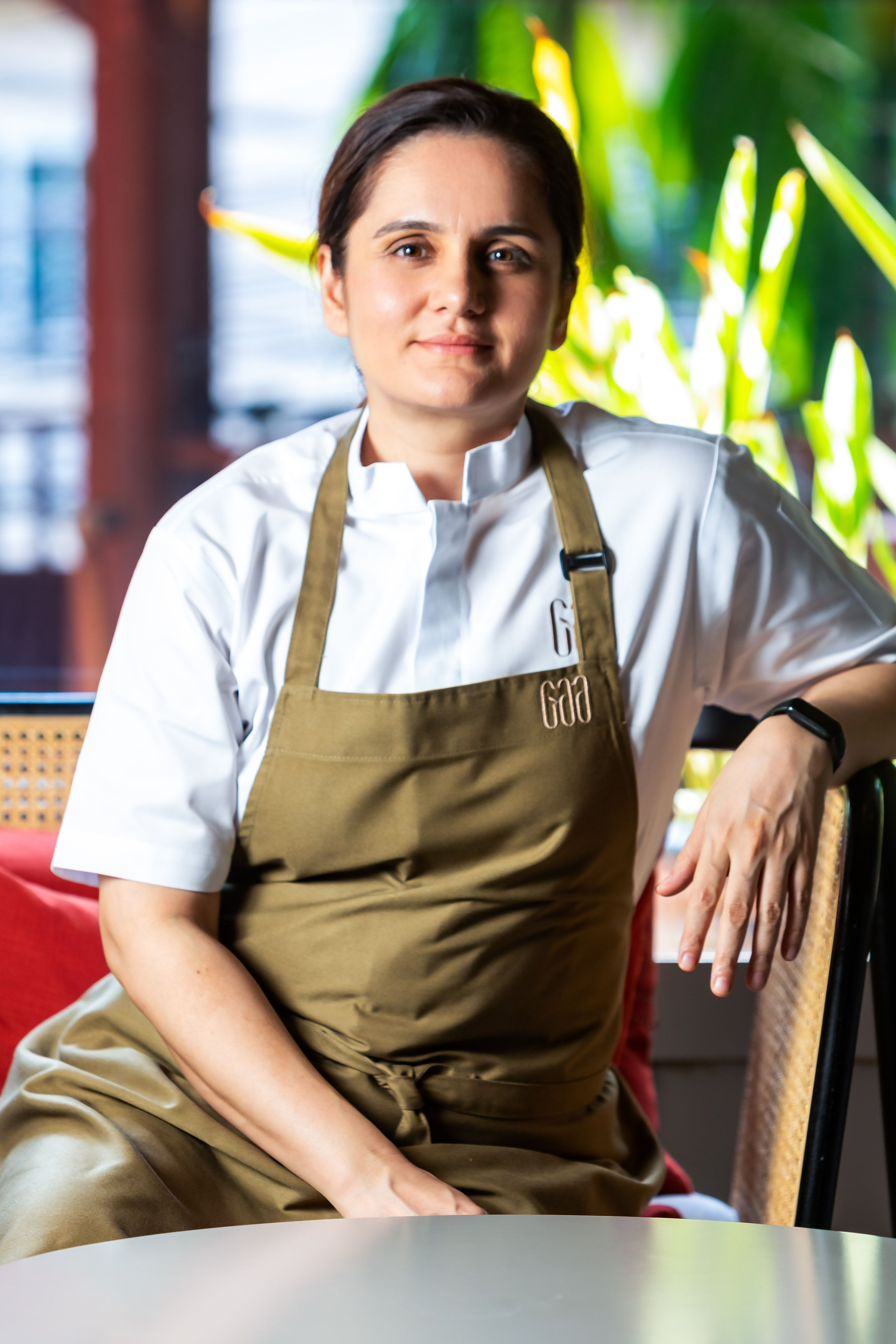
Tell us something about the Mumbai chapter of BANNG. Is there anything you are doing differently from the Delhi one?
Mumbai has an entirely different energy. It’s where I grew up. In some ways, it’s even more demanding. But we took what worked in Gurgaon the flavours, the format, the soul of the space and sharpened it. In Mumbai, we were a little bolder, a little more playful. Both speak the same language, just in different tones.
The flavours and palate remain the same through Delhi and Mumbai. But what we’re doing differently in Mumbai is that the space is divided into two sections—one is the BANNG Bar, which is playful, with small plates and inspiration drawn from Thai street food; and the other one on the floor above offers a more family-style seating with curries and stir fry and the likes. I think this division between the two spaces gives guests the chance to experience two sides of Bangkok. One is probably a more refined, sit-down, family-style feel, while the other is the street food vibe.
Is Mumbai a difficult city to build a brand? What makes this the right moment to finally do so?
It’s a difficult thing to build a brand but we have really good partners with Impressario and Riyaaz Amlani, which helps things along. But also, I think India is having a moment where it is now opening up to cuisines from all over the world in their true and pure form, instead of Indianising what’s coming through. Mumbai, Bandra especially, is almost like a micro market where people are extremely outgoing and they like to experiment with their food. So, I think now is a great time to do something with authentic and real Thai food here.
What makes Banng stand out from other Thai restaurants we have?
How it stands out is really for the guests and diners to decide. But from my point of view, we are staying true to authentic Thai flavours and not Indianising them in any way. Of course, we want to put forth food that people enjoy. For example: we’re making all our curry pastes in Bangkok and flying them to Mumbai every week, that’s our way of staying true to the original taste of the curry. You’d be surprised how even the smallest ingredients can make such a big difference in the final product.
Why didn’t you start an outpost of Gaa in India instead of creating a new brand restaurant chain?
I think Gaa is an extremely personal space for me—it’s an extension of who I am. It’s not the same without me being there. Every little attention to detail from the guest's experience as they walk in, their preferences for beverages, their dietary choices, what they’re celebrating, whether they have kids with them, every moment is taken care of and thought through in a restaurant like Gaa. If I had a twin or if we were part of a triplet, maybe we could have a couple more Gaa’s around!
How would you describe your personal food philosophy?
My personal philosophy is that I love trying something new. There's a kind of joy you feel when you taste something for the very first time, and I think that’s very exciting. After a while, it gets harder to find that feeling, but I continuously chase it. I try to bring that to my diners, whether it’s through flavours, ingredients, or flavour combinations. My personal food philosophy is: a meal should make you think, make you smile, and have fun.
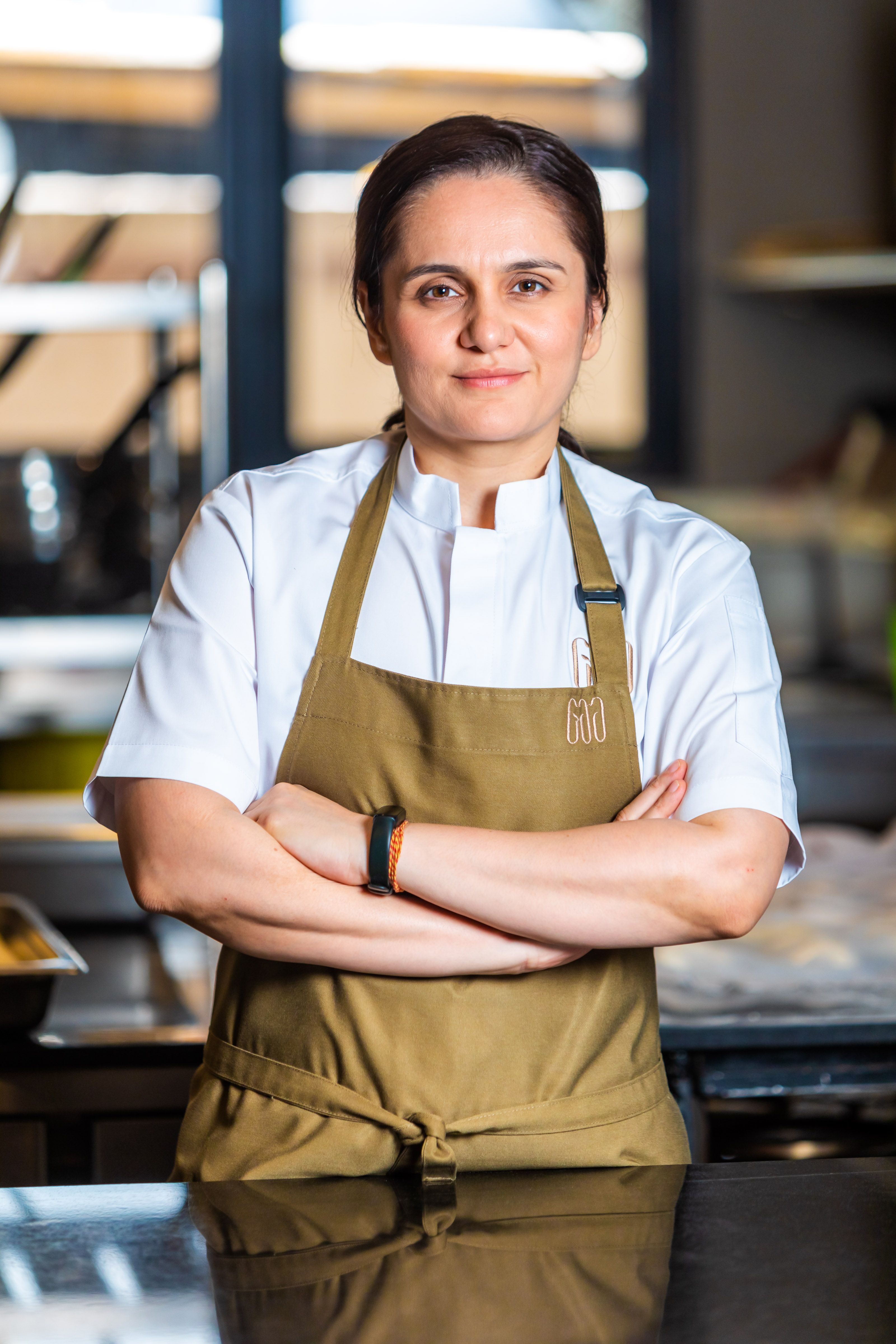
Do you think that the very idea of fine dining is going through a change with people increasingly looking for a more casual experience?
Yes and no. There will always be room for the original version of fine dining, where your moments are curated for you, and there’s a lot of thought put into every detail. There are also moments for high-energy restaurants like BANNG. So, I don’t think one is better than the other, or that one is fading while the other is taking over, there is space for both.
Gaa had not only earned its second Michelin star; it has also managed to retained it this year for 2025 Michelin Guide. How difficult it is to sustain this level of success?
Keeping it is as difficult as getting one. The way we’ve always approached accolades is very simple: we’re happy to have them, but we never change who we are or what we want to do in order to achieve them. I think that commitment is what has allowed us to retain these over the years. The reason we do it is not the accolades, but the food.
How important is a Michelin star today as a validation of creativity?
I don't think it's a validation of creativity, but is it good for business? Yes, of course. I think creativity is completely separate from accolades and awards.
Do you think that the modern audience is killing art and food is one of its recent victims where it is being stripped of its artistry to make it more ‘approachable’? What is you take on the debate between art and the ‘pretentious’?
There are two ways to look at it. Of course, food can be viewed as art and calling it that can certainly feed a chef’s ego. But at the end of the day, when people come to a restaurant, they want to have a good time. The food needs to taste good, and the ambience should be enjoyable. If chefs begin indulging their own egos and present only what they believe is right or nice and there are no takers, then what is the point of that art? So, there has to be a balance. As chefs, we naturally want to keep pushing the envelope and expanding what we’re capable of. But that needs to be in time. It’s great to be ahead of your time, but you can’t put the carriage before the horse. Striking that balance is essential.
How different it is to create food in the world of Instagram? Do you think the ‘drama’ often takes the focus away from the food?
Absolutely. I think Instagram is where creativity and ingenuity goes to die. I do understand the importance of marketing as chefs and entrepreneurs, we live by it and swear by it. But what you see on Instagram is not real. You don't know what goes on behind creating that content. It's a fake life. You can't compare it to what's actually out there and what is humanly possible. So yes, it’s fine to scroll through Instagram as a way to pass time, but that is by no means a reflection of reality.
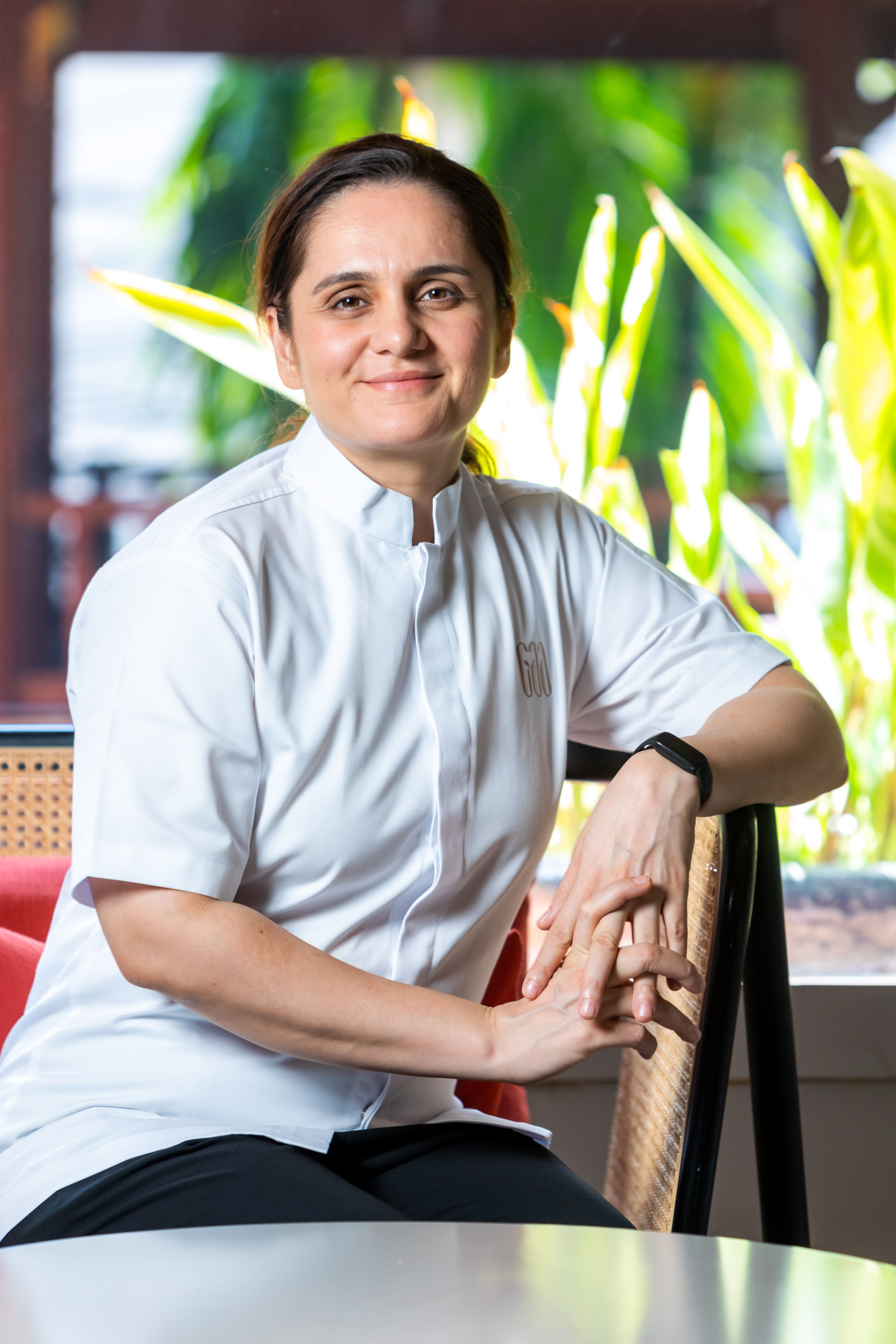
How important is storytelling? How do you think it enhances the food experience? How do you incorporate it in what you serve?
Storytelling is quite important. You have to provide a point of reference to everything. When someone is eating, especially in a set menu setup where each course tells a story. The fact that it comes in a progression is a narrative in itself.
Even in a casual restaurant, there has to be a story. Why are you eating this food, in this particular place, in this ambience, in this manner, at this temperature, with these ingredients? These are all important questions, and they need to make sense in the mind of the guest. It’s our responsibility to ensure it is communicated.
Between Michelin standards and Instagram bloggers, how do you find the sweet spot?
We are grateful and happy to have the accolades. We’re equally grateful for friends and supporters on social media who promote what we do. But at the end of the day, we do things because they’re the right thing to do, it’s about continuing to propagate and tell the story of Indian food, and we will always remain true to that. When you stay true to why you got into this business in the first place, that goes a long way and that kind of ingenuity is never lost.
How much joy is left in the job today for you as you balance arts with commerce?
No matter what, I’m happiest when I’m in the kitchen. Of course, I have to take care of the business side of things too and yes, that does make life a little boring at times. But you have to get through the boring parts to reach the fun ones. That’s just the natural progression when you go from being a cook to a head chef to eventually a restaurant owner. I knew what I was signing up for. Do I miss the days when I didn’t have to think about the commercial side? Yes, absolutely. But this is life, and you grow. The minute you’re out of your comfort zone, that’s when you know you’re doing something new.
What according to you are the top three most crucial aspects of creating a legacy restaurant especially in a time and age where there are new options every day and things are evolving faster than ever?
Having substance is important, there has to be a reason why your restaurant exists. It must serve a purpose. Yes, of course, the primary reason is to feed, nourish guests, and to offer good food. But beyond that, if you’re truly trying to shift a narrative or do service to a cuisine, you need to be clear in your intent and that clarity must be communicated in the food. You can’t bow down to what’s trending on Instagram or what someone else is doing. You have to find your own voice that carries the story you set out to tell when you began this journey. If you’re genuine, you’ll stand the test of time. If not, then it just becomes a fad restaurant, and every few years, you’ll find yourself changing the concept.
